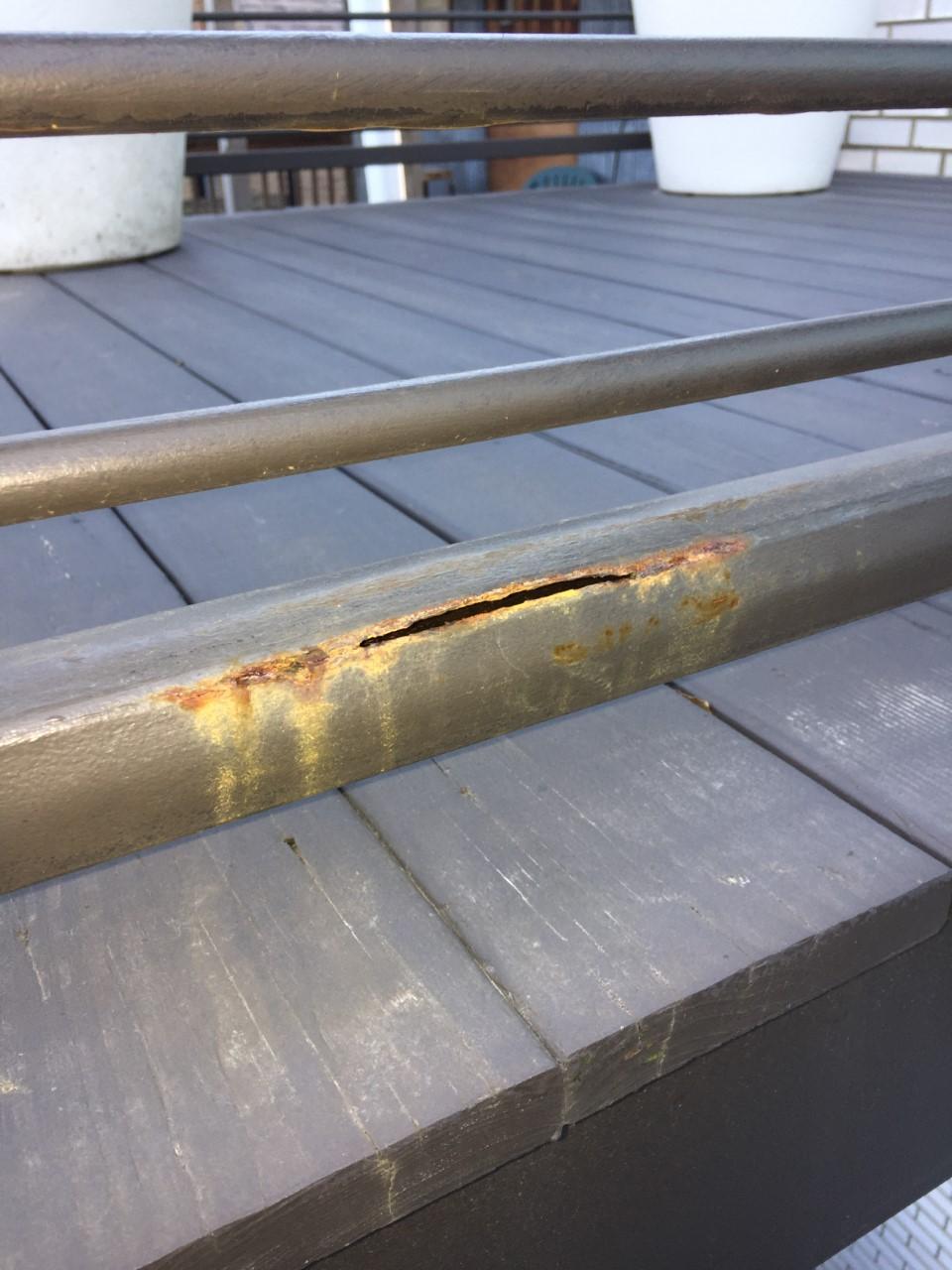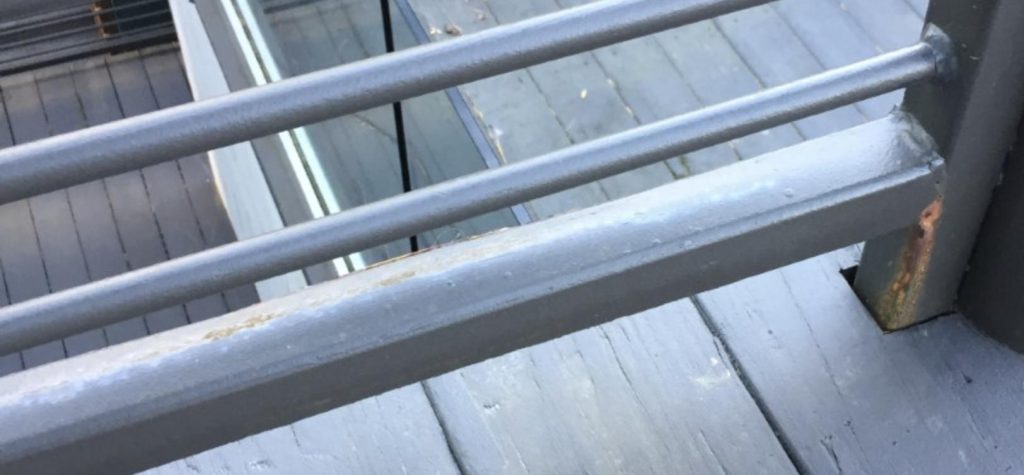

Flashing pulling away from edges is a common issue in construction, potentially leading to significant water damage and structural problems. This thorough guide delves into the causes, steps to reseal, and preventative measures to address this issue effectively. Whether you’re a homeowner or a professional, this article will offer a clear understanding of flashing repair techniques and how to prevent future damage. We’ll cover the key causes of the problem, optimal practices for resealing, and a proactive approach to prevent future issues. The structure of this guide includes an description of common causes, detailed resealing techniques, preventative measures, and a crucial section on understanding when to call a professional.
Understanding the Root Causes of Flashing Issues
Flashing is a crucial component of building construction, designed to prevent water penetration. However, various factors can cause flashing to pull away from edges, leading to water damage and structural problems. Understanding the root causes is the first step towards effective resealing and prevention.
Common Causes of Flashing Failure
- Improper Installation: Poor workmanship during the initial installation can lead to inadequate adhesion and sealants that don’t hold up over time. Examples include incorrectly fitted flashing, gaps in the seal, or inadequate use of adhesives.
- Expansion and Contraction: Changes in temperature and humidity can cause expansion and contraction in materials, putting stress on the flashing and increasing the risk of detachment. Buildings, particularly in areas with significant temperature fluctuations, are susceptible to this.
- Poor Quality Materials: Using low-quality flashing materials or sealants can decrease the lifespan of the flashing, leading to premature failure and detachment.
- Incorrect Sealant Application: Choosing the wrong sealant type or applying it improperly can significantly affect the efficacy of the seal. Poor application technique can lead to cracking and leakage around the edges.
- Inadequate Drainage: When drainage systems are blocked or inadequate, water can accumulate around the flashing, causing it to pull away from the structure over time.
- Lack of Maintenance: Regular maintenance checks can prevent small issues from escalating into major problems. Neglecting this simple task can lead to the eventual failure of the flashing system.
These are not the only possible causes, but they are among the most common, and understanding them is crucial to develop solutions for specific circumstances.
Related Post : Leaks Appearing After Heavy Rain? Identifying the Source and Sealing It
Effective Techniques for Resealing Flashing
Resealing flashing requires precise techniques and the right materials to ensure a lasting solution. The following steps outline the optimal practices for resealing flashing around an edge that has pulled away.
Preparation is Key
- Thorough Inspection: Carefully assess the extent of the damage, determineing the areas where the flashing has pulled away. It is essential to understand the entire scope of the problem.
- Cleaning: Remove any debris, loose sealant, or deteriorated materials from the affected area. Ensure the surface is clean for optimal adhesion of the new sealant.
- Repairing Damaged Areas: Patch any cracks or holes. Repairing these flaws helps maintain structural integrity. Consult a professional for major structural damage.
Applying the New Sealant
- selecting the Right Sealant: select a sealant specifically designed for exterior applications, ensuring it can withstand the elements and temperature fluctuations.
- Proper Application Techniques: Apply the sealant in a continuous bead along the flashing, ensuring proper coverage, and filling gaps completely. Follow the manufacturer’s instructions closely.
- Overlapping Sealant: Overlap sealant between sections of the flashing for a complete seal.
Final Checks
- Checking for Leaks: Thoroughly examine the area after the application to ensure no leakage occurs.
- Reinforcing the Area: Implement a reinforcement system such as metal straps or brackets to improve adhesion and structural stability.
- Maintaining the seal: Consider regular checks of the seal, addressing any issues immediately.
Preventative Measures to Ensure Long-Term Protection
Proactive measures are crucial to avoid the recurring problem of flashing issues. This section dives into the preventative measures that will help you avoid issues in the future.
Regular Inspections
- Regular Inspections: Routine inspections are essential to detect any signs of flashing problems early on. This could involve checking for gaps, leaks, and other issues in the system.
- determineing Potential Hazards: Pay attention to any signs of damage or deterioration around the flashing, such as cracks, holes, or discoloration. Early identification of such issues can often stop them from becoming larger problems.
High-Quality Materials and Installation
- Quality Materials: Use high-quality materials for the flashing and sealing. This can significantly improve the lifespan of the system and reduce the potential for future issues.
- Professional Installation: If possible, consider professional installation for the flashing and other similar roofing systems. This can help minimize the chances of future damage and ensure the longevity of the structure.
Maintaining Drainage
- Proper Drainage: Ensure that the area around the flashing has proper drainage to prevent water accumulation. Regular checks and maintenance of the drainage systems will significantly decrease issues.
- Prevent Water Accumulation: Implement measures to prevent water from accumulating around the flashing to avoid damage.
Beyond the Basics: Addressing Specific Scenarios
This section looks at potential scenarios that might complicate the resealing process.
Dealing with Complex Flashing Systems
- Complex Flashing: Some buildings attribute intricate flashing systems that require specialized knowledge for proper resealing. Seeking professional help for these cases is highly recommended. Consult with a roofing or building professional if you’re unsure about the optimal course of action.
Addressing Long-Term Weathering Issues
- Long-term Effects: Flashing can suffer long-term weathering issues, affecting the sealing. Understanding the local climate and weather patterns is key when selecting the appropriate materials and applying seals.
Using Advanced Sealing Techniques
- Advanced Techniques: For particularly challenging situations, advanced sealing techniques, such as specialized adhesives or flashings, may be necessary to prevent future damage. study options tailored to your specific conditions.
When to Seek Professional Help
While many resealing tasks can be handled by homeowners, certain situations demand professional intervention.
Extensive Damage
- Extensive Damage: If the damage is extensive or involves complex flashing systems, seeking professional help is crucial. Professionals possess the expertise, tools, and techniques needed for effective repairs.
Lack of Confidence or Skills
- Lack of Confidence: If you lack confidence in your ability to perform the resealing work properly, don’t hesitate to call a professional. Professional services ensure a quality and lasting repair.
Uncertainties About the Specific Problem
- Uncertain Problem: If you’re unsure about the exact cause of the flashing issue, consulting with a professional is the optimal step to avoid further complications. Seek a qualified specialist to diagnose and address the issue.
How can I prevent flashing from pulling away in the future?
Preventing flashing from pulling away requires a proactive approach. Regular inspections, proper drainage, and high-quality materials are essential. Also, be mindful of the local climate and potential environmental factors that could cause expansion and contraction. Regular checks and prompt maintenance are crucial.
What is the optimal sealant to use for resealing flashing?
The optimal sealant for resealing flashing depends on your specific needs. Contact a local professional to determine the optimal sealant. varied flashing systems may benefit from specific sealant types and considerations. Always refer to manufacturer’s instructions for application and maintenance.
What are the long-term consequences of ignoring flashing issues?
Ignoring flashing issues can lead to significant problems, including extensive water damage, structural weakening, and costly repairs down the road. Early intervention, including resealing and preventative measures, significantly helps to mitigate potential costs and damage.
Can flashing pulling away be prevented?
Yes, flashing pulling away can often be prevented with proactive maintenance and preventive measures. Proper installation, high-quality materials, and regular inspections are crucial for longevity. Proactive approaches can dramatically reduce the risk of flashing issues.
In conclusion, flashing pulling away from edges is a common issue that can be addressed with meticulous resealing techniques. By understanding the causes, employing the right tools, and prioritizing a proactive approach to sealing and preventing damage, homeowners and professionals can avoid costly repairs and maintain the structural integrity of their buildings. Remember, prevention is key, and by following the steps outlined in this guide, you can effectively deal with this issue and prolong the life of your structure. For further assistance or specific situations, consult with a qualified professional.